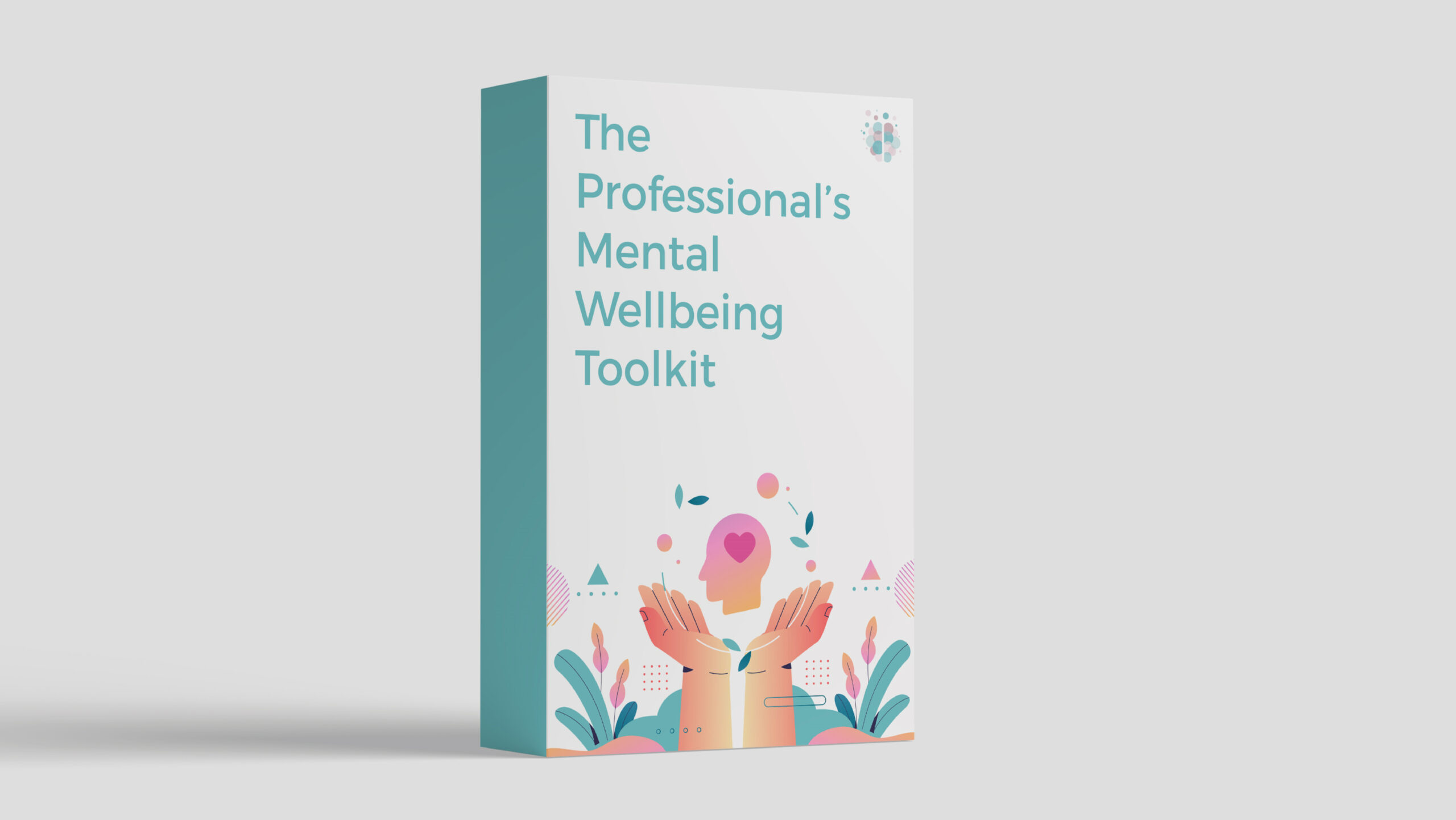Changing behavior can be an incredibly difficult and frustrating process, even when your clients have the best of intentions. One way to drive behavior change with clients is by uncovering and eliciting their underlying motivations.
If you’re not sure where to start with a client who is feeling stuck, you might consider using the OARS motivational interviewing (MI) technique. Keep reading to learn more about these techniques, including how to best use them with coaching clients.
What Is Motivational Interviewing?
MI is a technique that provides space for clients to explore their motivation, or lack of motivation, to engage in change. One of the greatest benefits of MI is that it’s client-centered and really allows the recipient to remain in the driver’s seat of the conversation.
What’s the Primary Goal of Motivational Interviewing?
Practitioners of MI argue that clients possess the ability to change and that tapping into their motivations can support positive progress.
The primary goal of MI is to empower clients to find the motivation within themselves to make that change possible by exploring their uncertainty or doubts regarding the transition.
MI is a framework that guides clients through the various stages of change (also known as Prochaska and DiClemente’s Transtheoretical Model):
- Precontemplation: The client has not considered changing their behavior.
- Contemplation: The client starts to consider changing their behavior.
- Preparation: The client gets ready to take action toward change.
- Action: The client takes steps to change their behavior.
- Maintenance: The client engages in behavior to maintain their behavior change.
- Relapse: The client reengages in the behavior they wished to change.
What’s the OARS Motivational Interviewing Technique?
The OARS technique is often used as a component of MI to support a client in eliciting the motivation needed to move through the stages of change.
Here’s an overview of four elements of the OARS motivational interviewing technique:
- Open-ended question: Make an inquiry that typically begins with “why,” “what,” or “how” and requires your client to answer with more than a simple response such as “yes” or “no.”
- Affirmation: Make supportive statements that acknowledge the good work your client is already doing.
- Reflective listening: Clarify what you’re hearing from your client and reinforce their feelings and motivations.
- Summarizing: Recap what you heard your client say to ensure understanding, highlight motivations, and paint the bigger picture.
Example Usage
Now, what does the OARS technique look like in practice? Here’s an example:
- Open-ended question: “Why do you want to make this change?”
- Affirmation: “You’re already spending X hours per week working toward this goal. Great job!”
- Reflective listening: “It sounds like you’ve been thinking about making this change for a while.”
- Summarizing: “To summarize, you are already doing A, you want to add B to your routine because of C, but what is holding you back is Z. Did I get that right?”
As you can see, the elements of OARS are rather straightforward yet have the potential to be an incredibly powerful technique when used effectively, as they allow the client to really be seen and heard by the practitioner as well as explore their underlying motivations.
Is Motivational Interviewing Passive?
If you’re a practitioner who is used to a more direct and action-focused style of working with clients, MI may feel slow or passive, particularly if the client is resistant to change.
However, when combined with other techniques such as powerful coaching questions, MI can be incredibly effective in inspiring clients to achieve lasting change.
Does Motivational Interviewing Actually Work?
Speaking of which, does MI actually work to drive change?
Research has demonstrated that MI is an effective intervention technique to support the achievement of various goals. Like any technique, you’ll want to assess your client’s background, specific goals, and readiness for change before deciding whether MI is the appropriate technique to deploy.
That said, MI can be an incredibly effective tool that drives positive behavior change when used strategically. You’ve got this!
Build Your Coaching Toolkit
Want a library of practical tools to share with clients? Check out The Professional's Mental Wellbeing Toolkit today. It's "everything you need all in one place."

About Kyle
Dr. Kyle Elliott, MPA, CHES (he/him/his) is the founder and career coach behind CaffeinatedKyle.com. He is an official member of the invitation-only Forbes Coaches Council, a member of the Gay Coaches Alliance, and a Stability Leader with The Stability Network.
Kyle’s words have been featured in Business Insider, CNBC, CNN, Entrepreneur, Fast Company, Forbes, Fortune, and The New York Times, among dozens of other leading publications. When not helping Silicon Valley’s top talent find jobs they LOVE, you will find him at Starbucks or Disneyland.

